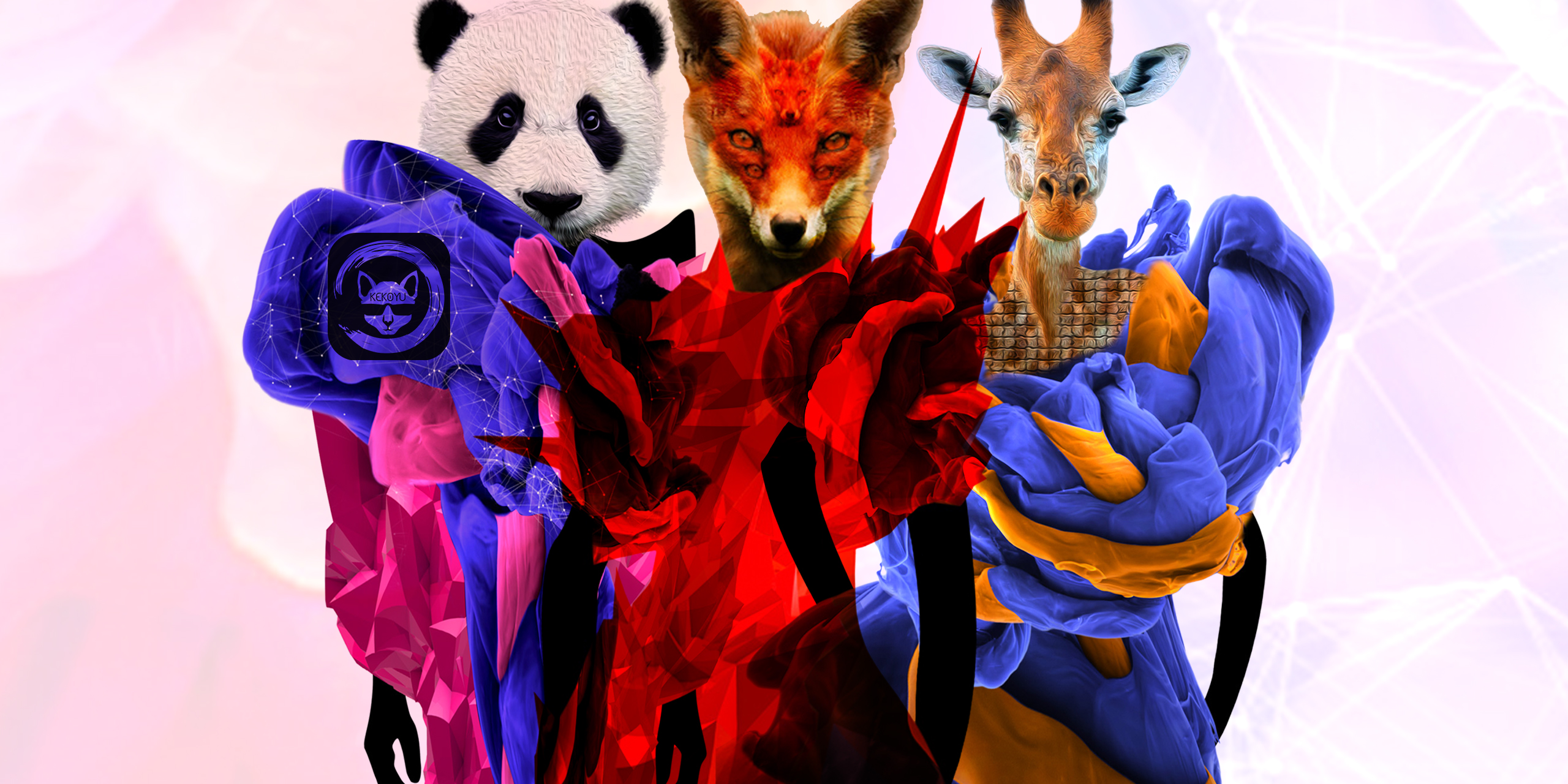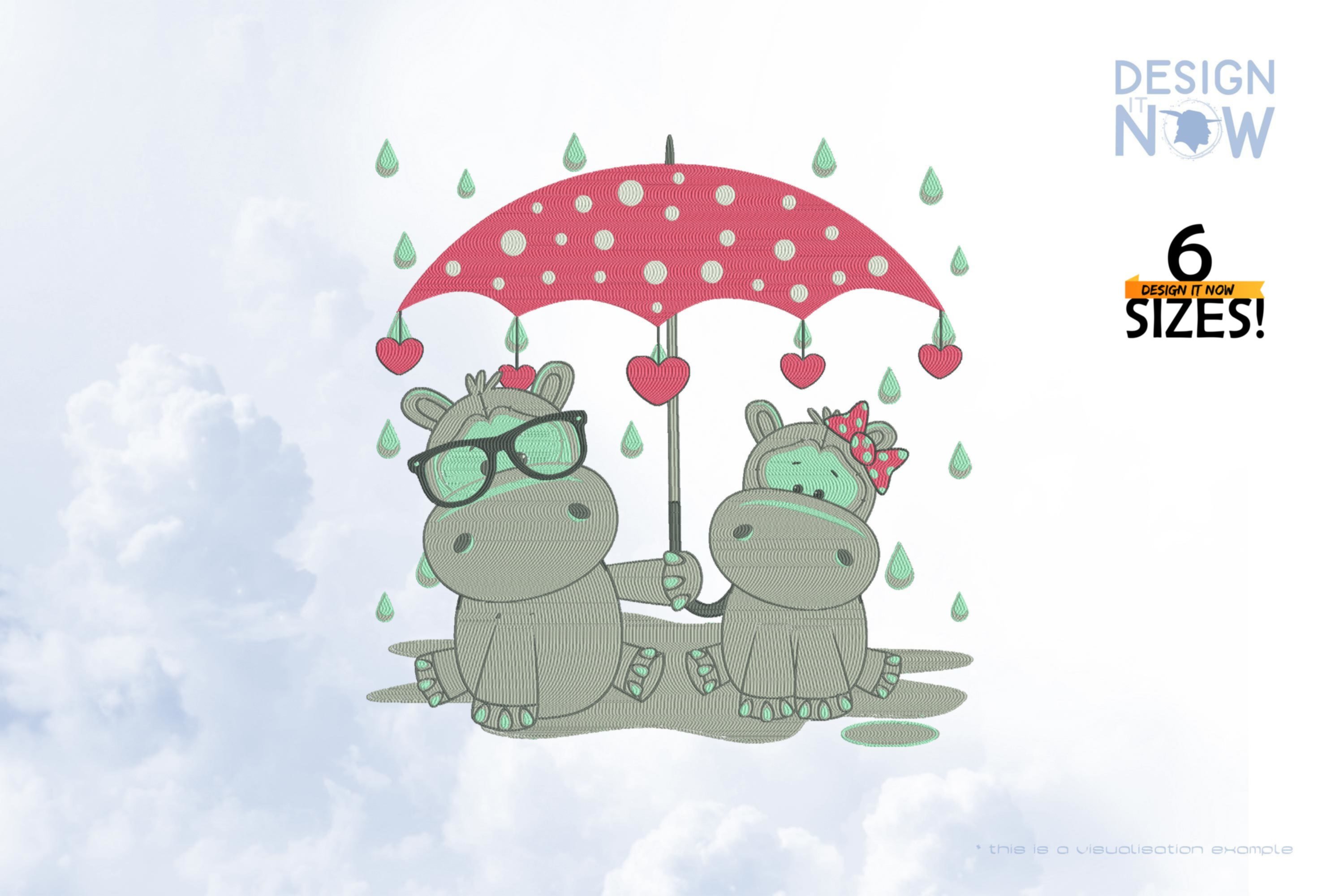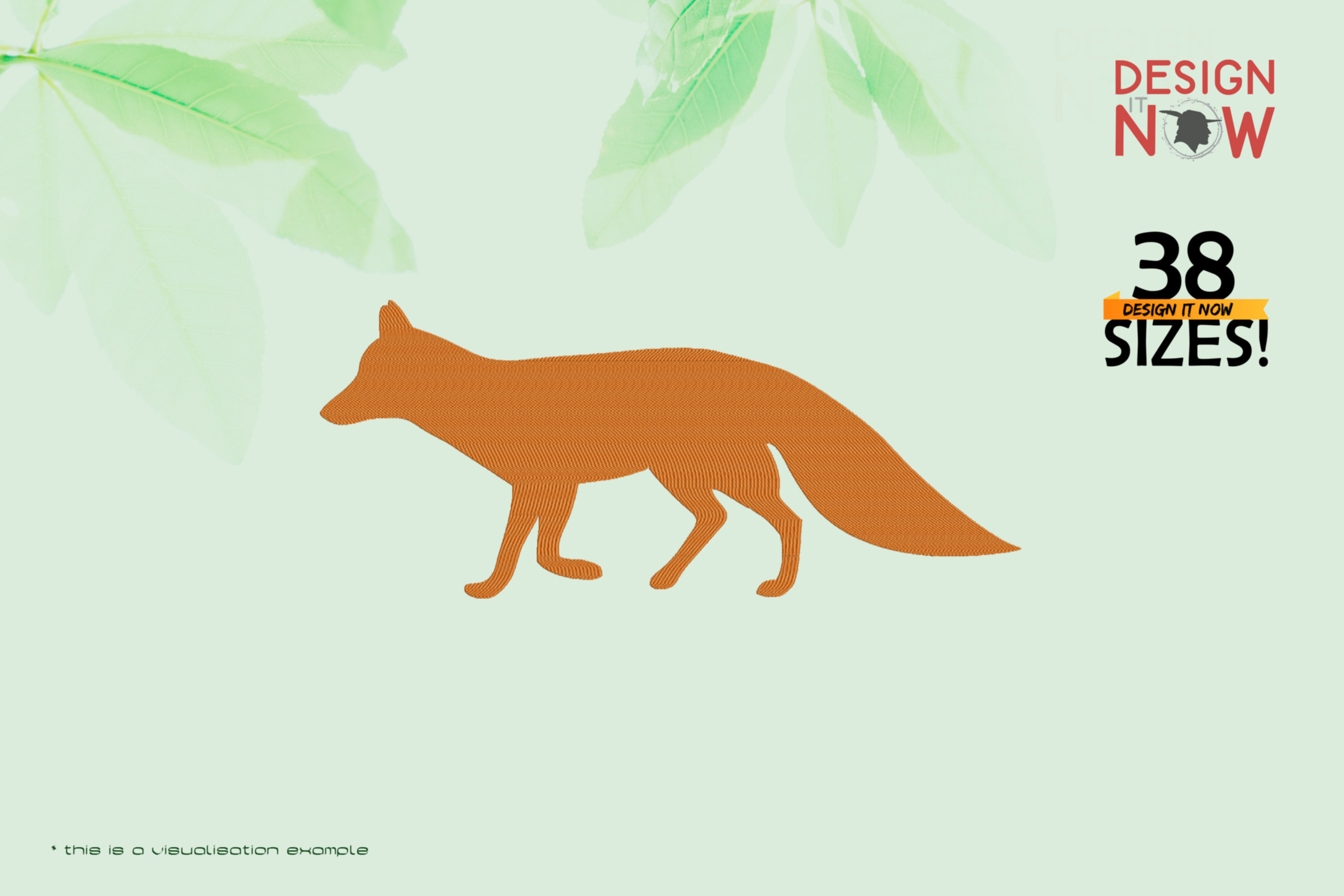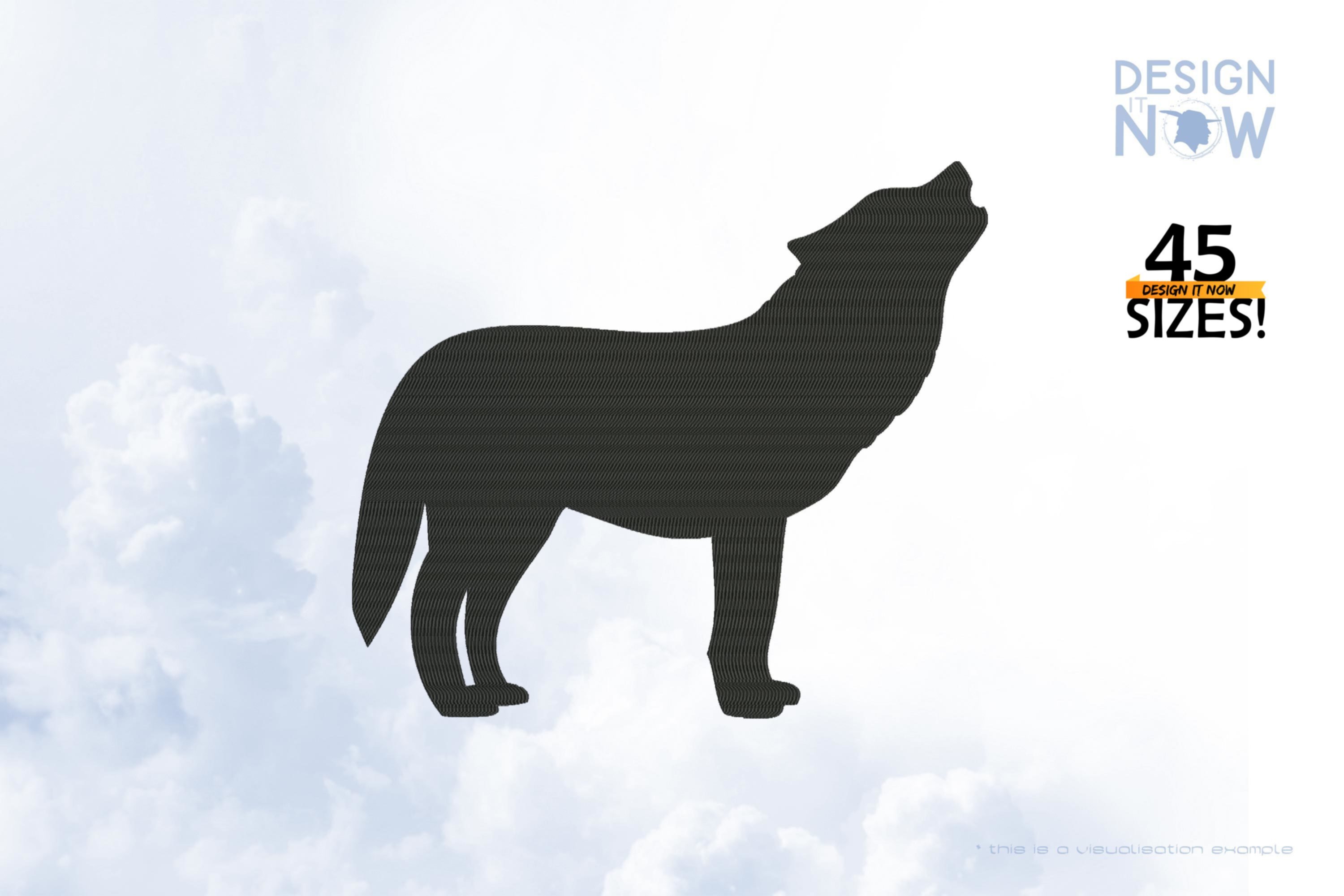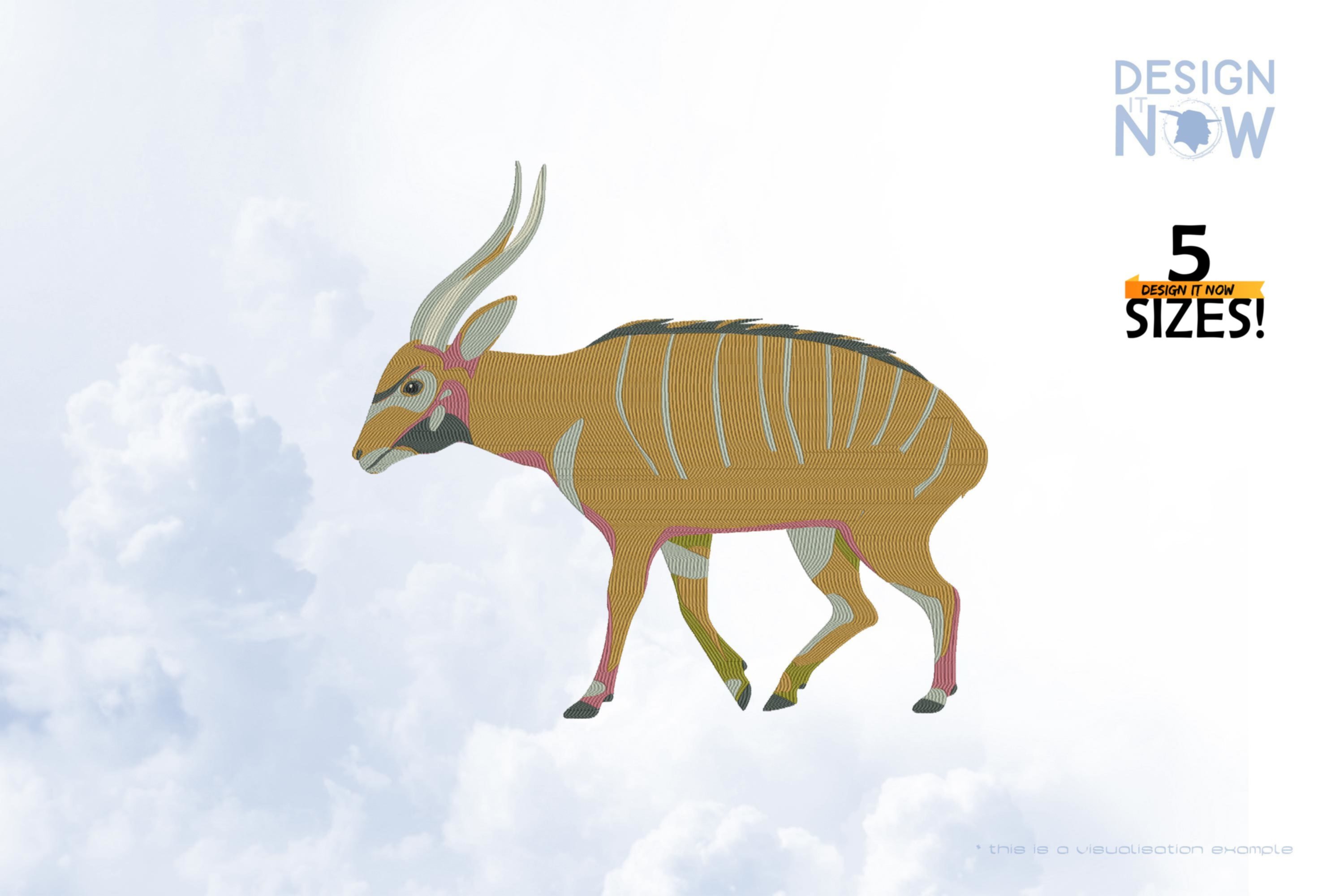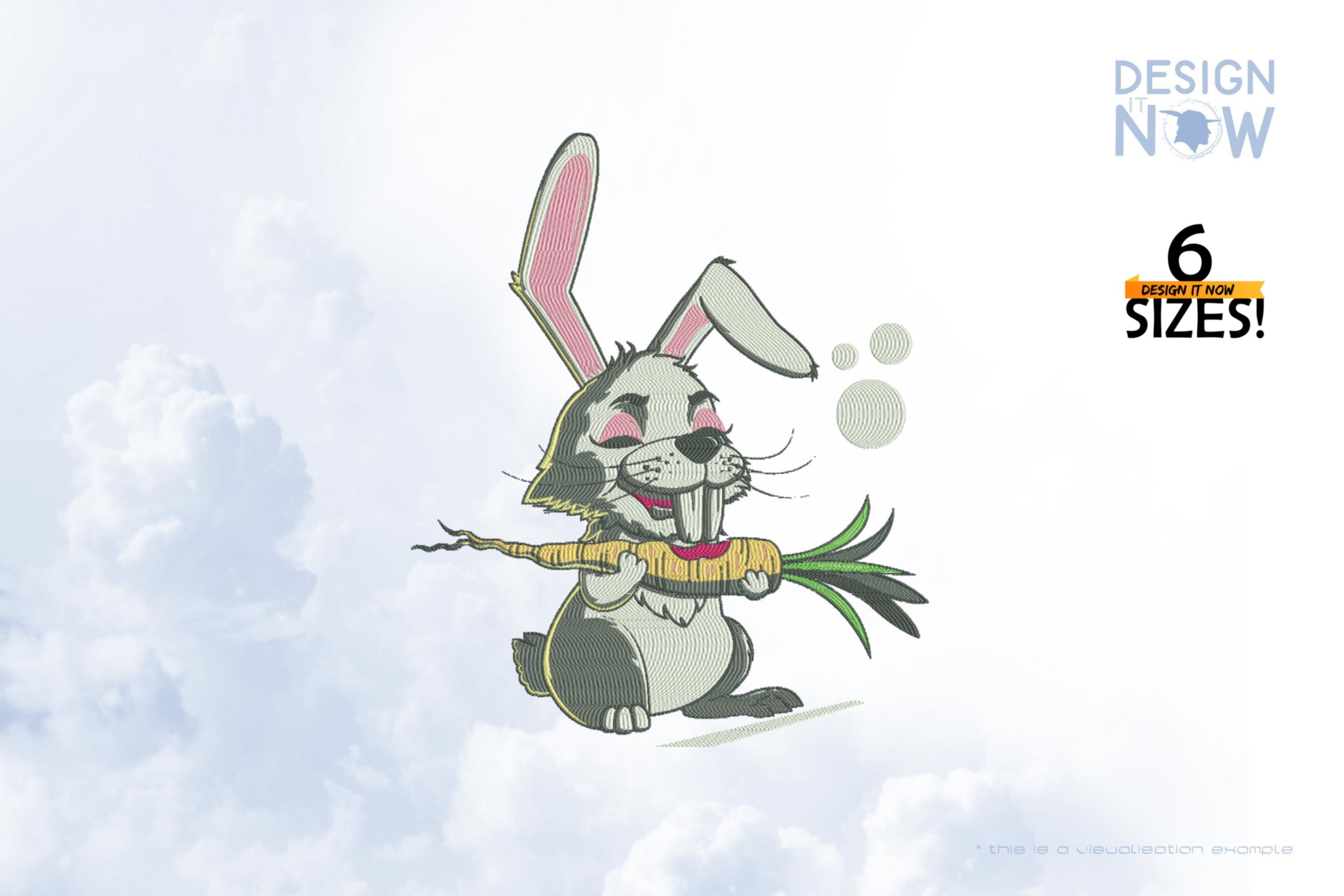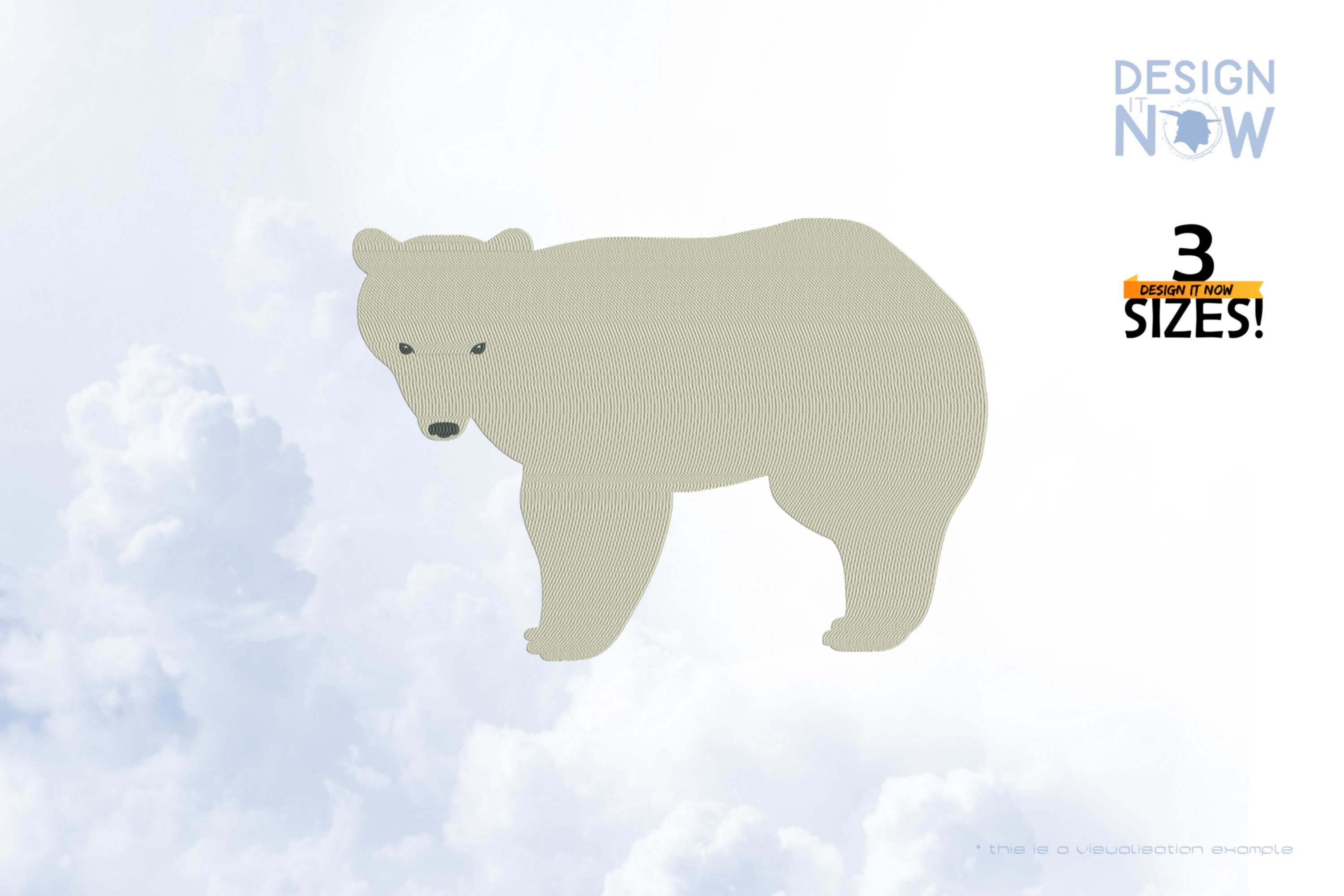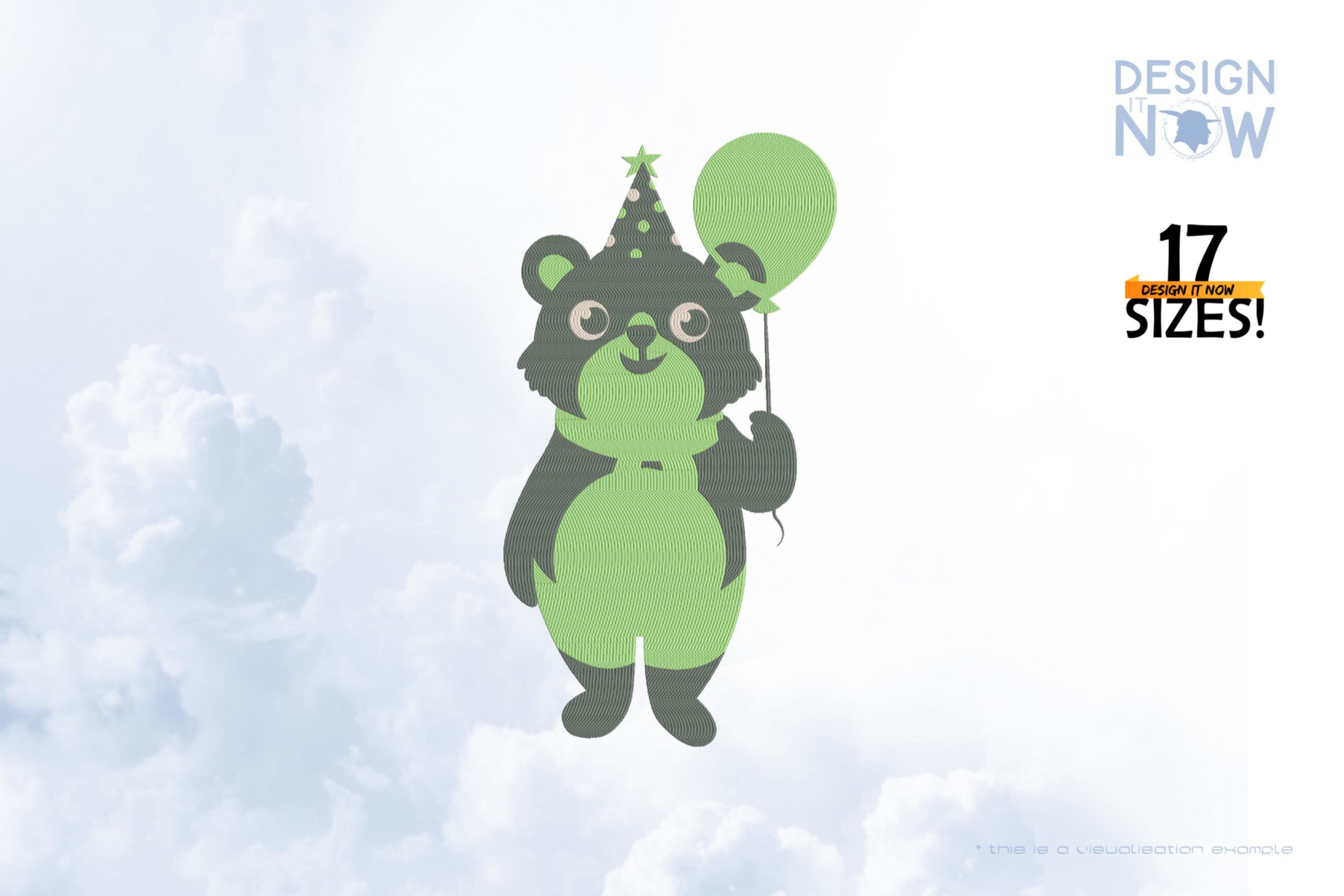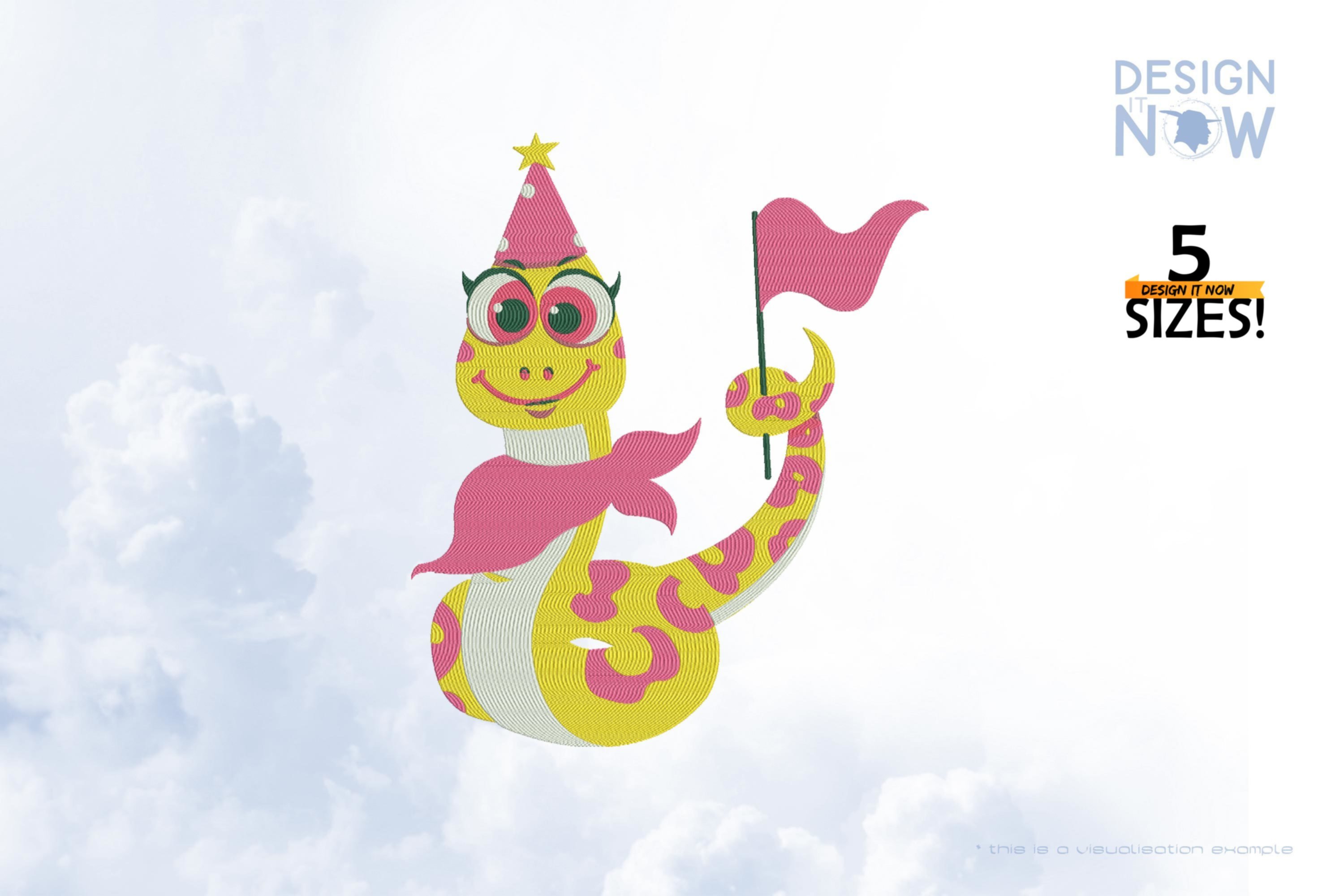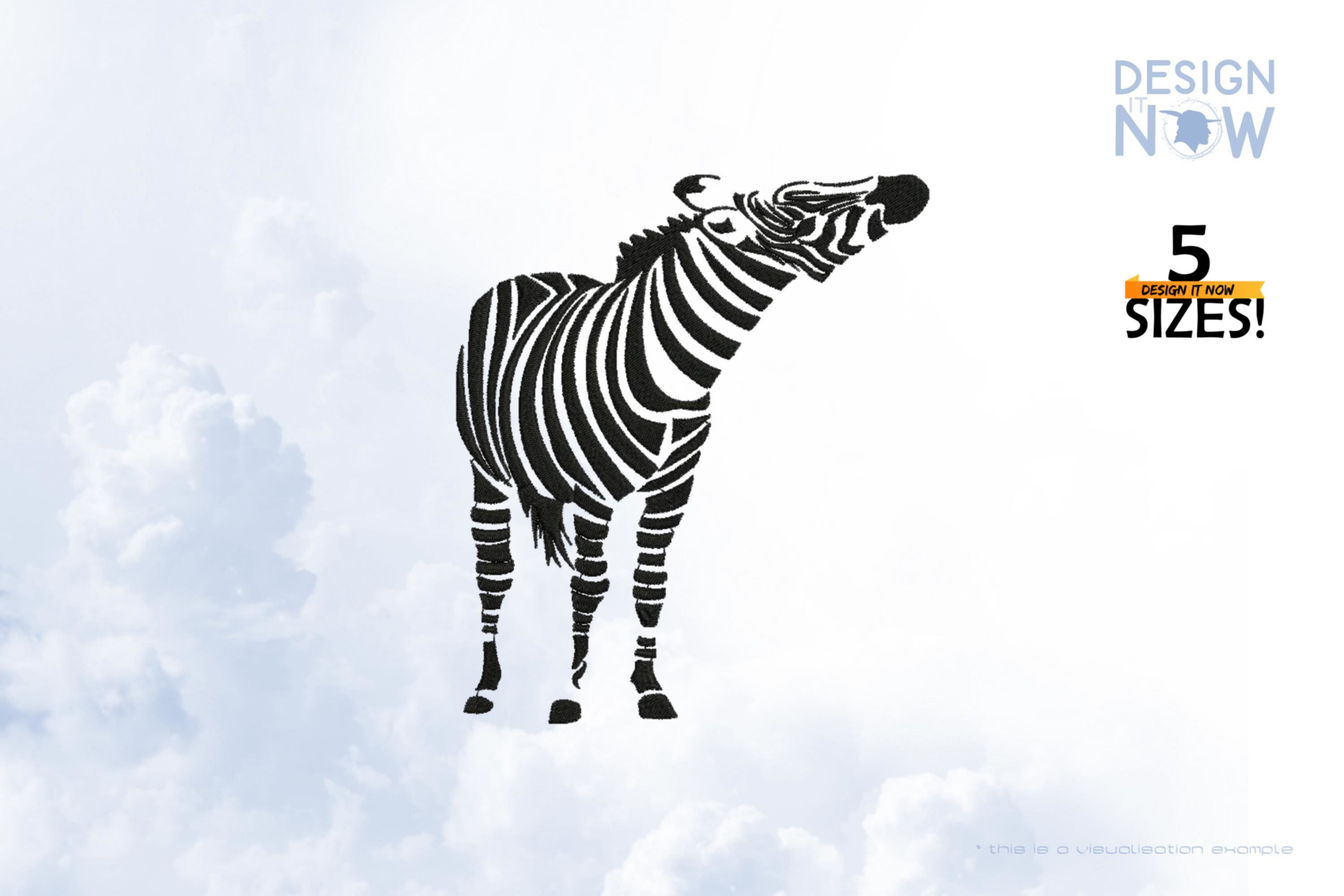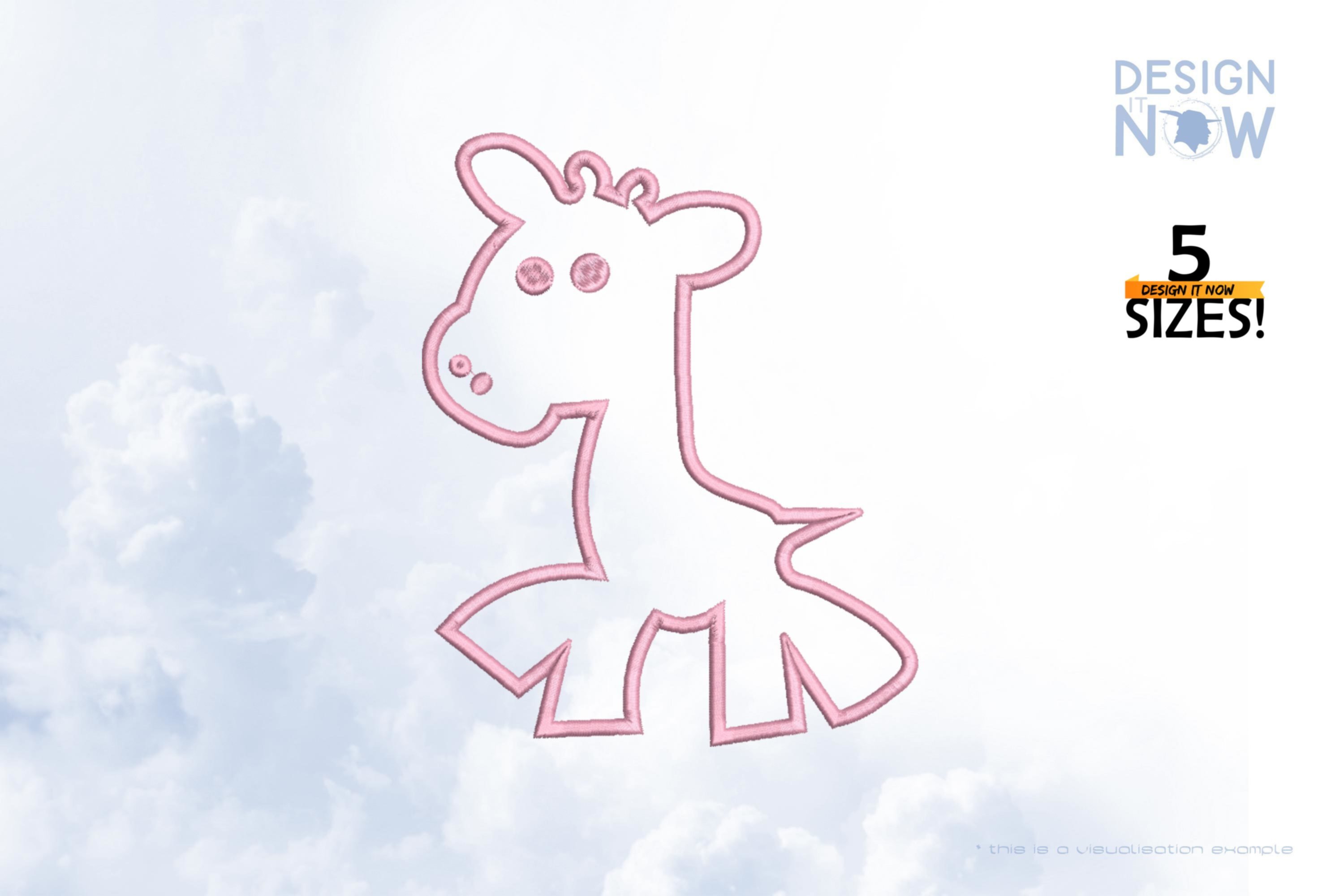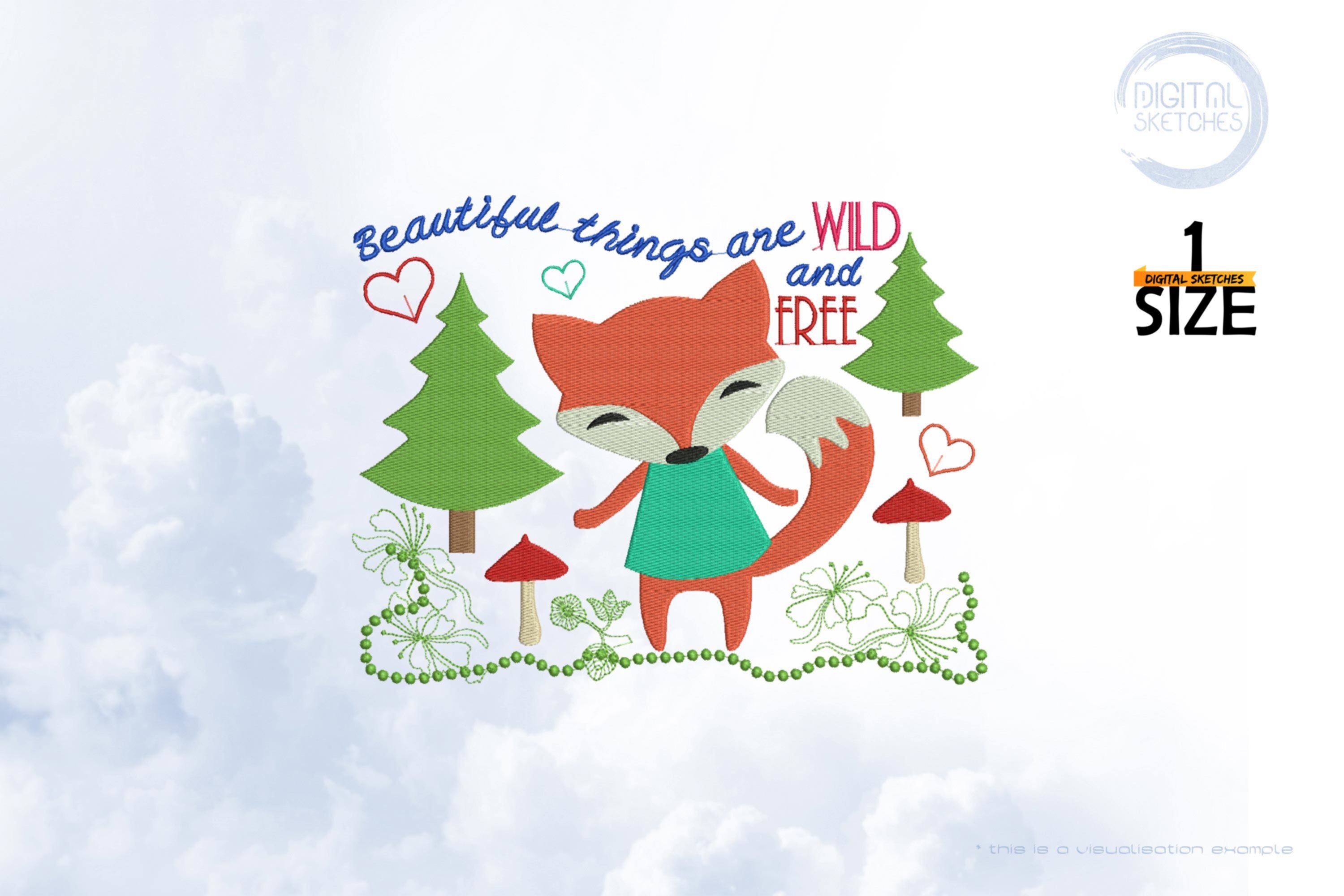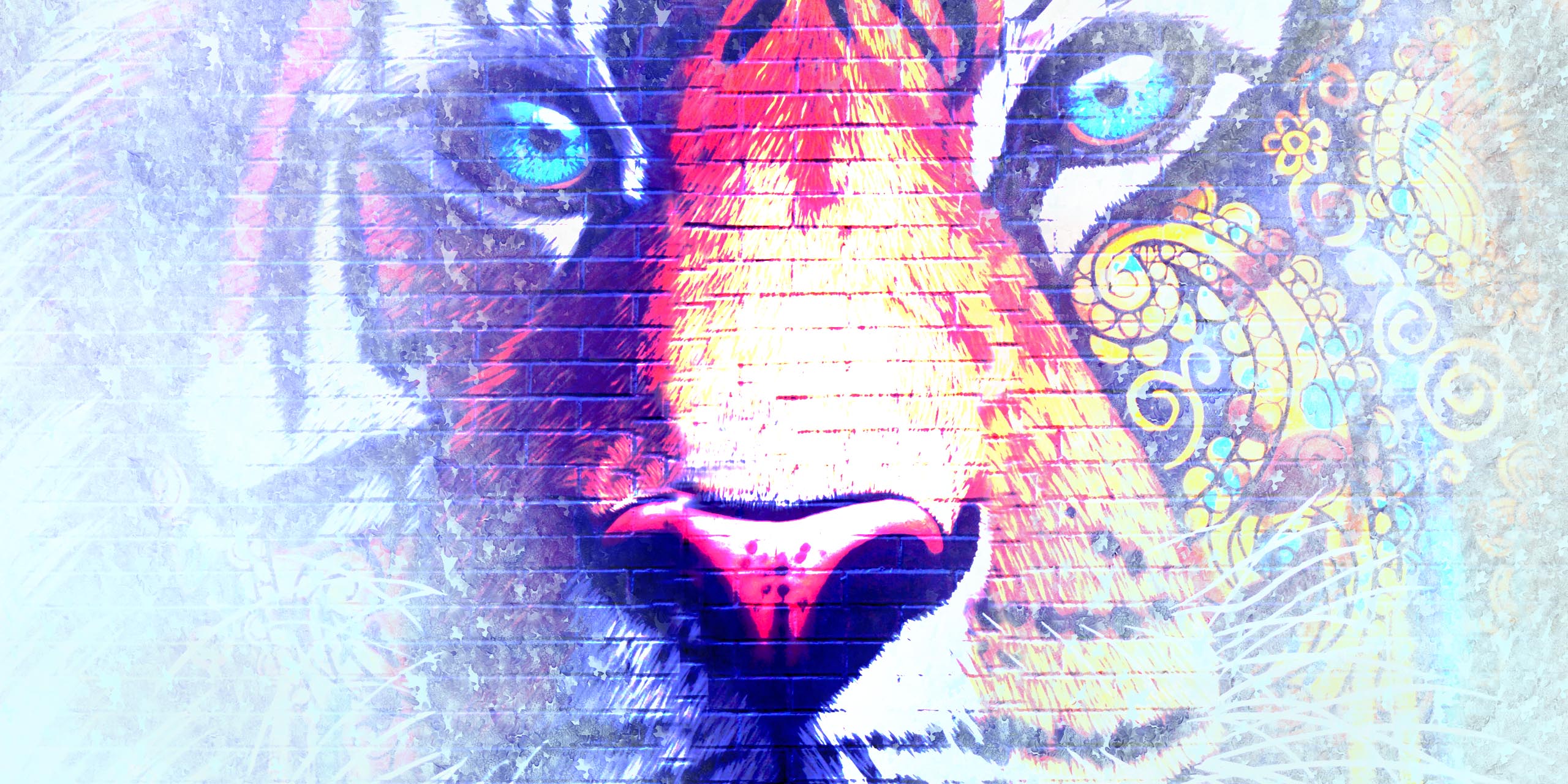
Wildlife
A wild animal or feral animal is an animal living in the wild that does not serve man as a domestic, farm, or breeding animal and thus is not domesticated. Animals living in settled areas, nested in buildings, or even parasitic animals are wild animals, even though they do not live in the wild proper, but maintain the lifestyle of a wild animal. Basically, any animal, apart from humans can be a wild animal. Wild plants represent the same principle for plants. According to a 2016 report by WWF, global wildlife populations have shrunk by an average of 68 percent since the 1970s.
Generally, the term wild animal is used to characterize animals that are not tame. Legally, "wild" animals are ownerless (no one has ownership of them) "while they are at liberty" ("in the wild"). Often, in linguistic usage, a wild animal species is contrasted with domesticated domestic species, such as wild geese, which in Europe include not only gray geese but also Canada geese, or wild ducks, which include not only mallards. Today, only the Przewalski's horses can be called real wild horses, in a broader sense the term is also used for feral domestic horses (e.g. mustangs) - Przewalski's horses as wild animals no longer exist in Europe: for some time now, only a few reintroduced specimens have been living as wild animals in Mongolia. The term wild animal includes game, but it is much broader. By game one understands exclusively wild animals, which are subject to the hunting right.
There are wild animals almost everywhere on earth, but today very few wild animals live in the wilderness, i.e. in a natural environment untouched by man. Animals each have certain demands on their habitat (food, possibility of reproduction, protection from enemies, etc.), which are often also met by the cultural landscape shaped by humans in sufficient measure. Some wild animals have even developed into cultural successors, e.g. white stork, swift, kestrel and house mouse. On the other hand, human activities (agricultural and settlement areas) have destroyed many habitats or at least greatly reduced their area. The number of wild animals that cannot escape due to their special needs will decrease to the same extent.
- Machine Embroidery Designs
- Bags
- Printables
- Graphics
- Thread Color Mapping
- How-To's
Filter
–
%
Cute Hippopotamus Couple
The hippopotamus (Hippopotamus amphibius), also called the large hippopotamus, is a species of mammal in the hippopotamus family and the order of even-toed ungulates. Within the genus Hippopotamus, it is now considered the only member. After the elephants and next to some representatives of the rhinoceroses and the giraffes, it is one of the largest land-dwelling animals. Special characteristics are the large, barrel-shaped and largely hairless body, the short limbs and the massive head with a wide mouth, in which the incisors and especially the lower canine teeth are enlarged. As an adaptation to a partially aquatic lifestyle, the ears, eyes, and nostrils are located very high on the head. The range of the hippopotamus includes sub-Saharan Africa and is highly fragmented in places. The main habitats are open landscapes and forested areas, but it is largely absent from tropical rainforests. Product Number: N09597Product Name: Umbrella-8This design comes with the following sizes:Size: 9.71"(w) X 9.82"(h) (246.6mm X 249.4mm) Size: 10.49"(w) X 10.61"(h) (266.4mm X 269.6mm) Size: 10.72"(w) X 10.85"(h) (272.2mm X 275.6mm) Size: 11.34"(w) X 11.48"(h) (288.0mm X 291.6mm) Size: 12.73"(w) X 12.90"(h) (323.4mm X 327.6mm) Size: 13.98"(w) X 14.17"(h) (355.2mm X 359.8mm)The following formats are included in the file you will receive: .DST .EXP .JEF .PES .VP3 .XXX .PEC .U01You MUST have an embroidery machine and the software needed to transfer it from your computer to the machine to use this file. This listing is for the machine file only - not a finished item.Cute Hippopotamus Couple Machine Embroidery Design, Large Animals Embroidery Pattern, Hippo Embroidery Art, Animals DIY Project Idea, Original Digital Supplies For Embroidery Machines, Artsupplies For Handmade Embroidery Projects, Quality Embroidery Digitizing
US$1.10* US$4.40* (75% saved)
%
Walking Fox Silhouette
A fox is a representative of the dog family (Canidae). In German usage, this usually means the red fox, more generally the genus group of the true foxes. The word fox has its origin in the Middle High German term vuhs for the male red fox (Canis vulpes). The related vocabulary fuhs (Old High German), vos (Dutch) and fox (English) are synonymous. The feminine form of the word changed from Old High German voha to Middle High German vohe, Gothic faúho, and Old Icelandic foa. The word Fähe, which in hunter and biologist language refers to female red foxes in particular and female canids in general, also has its origin in the Old High German feminine form.The totality of species trivially referred to as "foxes" is not a closed descent community (clade), but a group of more or less closely related species and genera of dogs, which through convergent evolution resemble each other externally to a greater or lesser extent (polyphyly). The similarities of all these taxa are, however, exhausted in a rather small growth, mostly rather short legs and a bushy tail. Many, especially tropical representatives are also characterized by relatively large ears. Traditionally, species referred to as "foxes" are found in two genus groups of the dog family: the true foxes (Vulpini) and their sister group, the true dogs (Canini).According to current kinship analyses based on DNA comparisons, these traditionally held generic groups are also not closed ancestral communities. Instead, the "foxes" are distributed among three clades: a gray fox clade, a red fox clade, and a clade of exclusively South American wild dogs.Product Number: N09877Product Name: FoxThis design comes with the following sizes:Size: 5.50"(w) X 2.34"(h) (139.8mm X 59.4mm) Size: 5.86"(w) X 2.49"(h) (148.8mm X 63.2mm) Size: 6.06"(w) X 2.57"(h) (153.8mm X 65.4mm) Size: 6.25"(w) X 2.66"(h) (158.8mm X 67.6mm) Size: 6.57"(w) X 2.80"(h) (166.8mm X 71.0mm) Size: 6.69"(w) X 2.84"(h) (169.8mm X 72.2mm) Size: 6.95"(w) X 2.96"(h) (176.6mm X 75.2mm) Size: 7.08"(w) X 3.01"(h) (179.8mm X 76.4mm) Size: 7.20"(w) X 3.06"(h) (182.8mm X 77.8mm) Size: 7.28"(w) X 3.09"(h) (184.8mm X 78.6mm) Size: 7.31"(w) X 3.11"(h) (185.8mm X 79.0mm) Size: 7.35"(w) X 3.13"(h) (186.8mm X 79.4mm) Size: 7.43"(w) X 3.16"(h) (188.8mm X 80.2mm) Size: 7.47"(w) X 3.18"(h) (189.8mm X 80.8mm) Size: 7.58"(w) X 3.23"(h) (192.6mm X 82.0mm) Size: 7.67"(w) X 3.26"(h) (194.8mm X 82.8mm) Size: 7.74"(w) X 3.29"(h) (196.6mm X 83.6mm) Size: 7.87"(w) X 3.35"(h) (199.8mm X 85.0mm) Size: 8.06"(w) X 3.43"(h) (204.8mm X 87.2mm) Size: 8.10"(w) X 3.45"(h) (205.8mm X 87.6mm) Size: 8.14"(w) X 3.46"(h) (206.8mm X 88.0mm) Size: 8.22"(w) X 3.50"(h) (208.8mm X 88.8mm) Size: 8.30"(w) X 3.53"(h) (210.8mm X 89.6mm) Size: 8.34"(w) X 3.54"(h) (211.8mm X 90.0mm) Size: 8.38"(w) X 3.57"(h) (212.8mm X 90.6mm) Size: 8.61"(w) X 3.66"(h) (218.8mm X 93.0mm) Size: 8.69"(w) X 3.70"(h) (220.8mm X 94.0mm) Size: 9.24"(w) X 3.93"(h) (234.8mm X 99.8mm) Size: 9.40"(w) X 4.00"(h) (238.8mm X 101.6mm) Size: 9.83"(w) X 4.18"(h) (249.8mm X 106.2mm) Size: 10.74"(w) X 4.57"(h) (272.8mm X 116.0mm) Size: 11.92"(w) X 5.07"(h) (302.8mm X 128.8mm) Size: 12.98"(w) X 5.53"(h) (329.8mm X 140.4mm) Size: 13.38"(w) X 5.69"(h) (339.8mm X 144.6mm) Size: 13.73"(w) X 5.84"(h) (348.8mm X 148.4mm) Size: 14.83"(w) X 6.31"(h) (376.8mm X 160.4mm) Size: 15.07"(w) X 6.42"(h) (382.8mm X 163.0mm) Size: 15.23"(w) X 6.48"(h) (386.8mm X 164.6mm)The following formats are included in the file you will receive: .DST .EXP .JEF .PES .VP3 .XXX .PEC .U01You MUST have an embroidery machine and the software needed to transfer it from your computer to the machine to use this file. This listing is for the machine file only - not a finished item.Walking Fox Silhouette Animals Machine Embroidery Design, True Foxes, Canis Vulpes, Dog Family Animal World Embroidery Pattern, Zoology Designs, Nature Embroidery Art, Animalia, DIY Project Idea, Unique Digital Supplies For Embroidery Machines
US$1.10* US$4.40* (75% saved)
%
Wolf Silhouette
The wolf (Canis lupus) is the largest recent predator of the dog family (Canidae). Wolves usually live in packs, which are family groups. The main prey in most regions are medium-sized to large ungulates. The species has been distributed in several subspecies throughout Europe, much of Asia, including the Arabian Peninsula and Japan, and North America since the late Pleistocene. Wolves were systematically persecuted in Central Europe from the 15th century onwards, and by the 19th century they had been severely depleted in almost all regions of their global range, mainly through human hunting, and were almost extinct in Western and Central Europe and completely extinct in Japan.Since the 1980s, the wolf has been protected in many countries. In European countries it is protected by the Bern Convention, and in the EU since 1992 it has also been protected by the Fauna-Flora-Habitat Directive. In many countries, including the Middle East, there is no legal protection for the wolf. Since the turn of the millennium, the number of wolves and wolf packs in Central and Northern Europe has increased significantly again. Wolves are among the best-known predators; they found their way into the myths and fairy tales of many peoples early on.They are the ancestral form of all domestic dogs and the secondarily wild dingo. In many cultures the wolf appears as a totem, for example among the Indian tribe of the Tlingit, the Iroquois, the Turkmen and the Mongols. The Uzbeks and the Huns derived their origin from the wolf, and the she-wolf was also considered the ancestral mother of the ancient Turks. The North American Indian tribe of the Shoshone believed that coyotes and wolves created the world and that the dead of their tribe would enter their realm. The souls of the dead would first be washed by coyotes in a river and only then could they enter the eternal hunting grounds. Product Number: N09863Product Name: WolfIThis design comes with the following sizes:Size: 2.43"(w) X 2.13"(h) (61.8mm X 54.2mm) Size: 2.91"(w) X 2.55"(h) (73.8mm X 64.8mm) Size: 3.14"(w) X 2.76"(h) (79.8mm X 70.0mm) Size: 3.22"(w) X 2.83"(h) (81.8mm X 71.8mm) Size: 3.50"(w) X 3.07"(h) (88.8mm X 78.0mm) Size: 3.61"(w) X 3.17"(h) (91.8mm X 80.6mm) Size: 3.73"(w) X 3.28"(h) (94.8mm X 83.2mm) Size: 5.27"(w) X 4.62"(h) (133.8mm X 117.4mm) Size: 5.46"(w) X 4.80"(h) (138.8mm X 121.8mm) Size: 6.02"(w) X 5.28"(h) (152.8mm X 134.2mm) Size: 6.25"(w) X 5.49"(h) (158.8mm X 139.4mm) Size: 6.37"(w) X 5.59"(h) (161.8mm X 142.0mm) Size: 6.41"(w) X 5.62"(h) (162.8mm X 142.8mm) Size: 6.49"(w) X 5.69"(h) (164.8mm X 144.6mm) Size: 6.53"(w) X 5.73"(h) (165.8mm X 145.6mm) Size: 6.61"(w) X 5.80"(h) (167.8mm X 147.2mm) Size: 6.65"(w) X 5.83"(h) (168.8mm X 148.2mm) Size: 7.35"(w) X 6.46"(h) (186.8mm X 164.0mm) Size: 7.43"(w) X 6.53"(h) (188.8mm X 165.8mm) Size: 7.71"(w) X 6.76"(h) (195.8mm X 171.8mm) Size: 7.87"(w) X 6.91"(h) (199.8mm X 175.4mm) Size: 8.02"(w) X 7.04"(h) (203.8mm X 178.8mm) Size: 8.26"(w) X 7.25"(h) (209.8mm X 184.2mm) Size: 8.38"(w) X 7.35"(h) (212.8mm X 186.8mm) Size: 8.42"(w) X 7.39"(h) (213.8mm X 187.6mm) Size: 8.69"(w) X 7.63"(h) (220.8mm X 193.8mm) Size: 8.81"(w) X 7.73"(h) (223.8mm X 196.4mm) Size: 8.85"(w) X 7.77"(h) (224.8mm X 197.4mm) Size: 9.20"(w) X 8.08"(h) (233.8mm X 205.2mm) Size: 9.28"(w) X 8.15"(h) (235.8mm X 207.0mm) Size: 9.68"(w) X 8.50"(h) (245.8mm X 215.8mm) Size: 9.80"(w) X 8.60"(h) (248.8mm X 218.4mm) Size: 9.95"(w) X 8.73"(h) (252.8mm X 221.8mm) Size: 10.03"(w) X 8.80"(h) (254.8mm X 223.6mm) Size: 10.15"(w) X 8.91"(h) (257.8mm X 226.2mm) Size: 10.66"(w) X 9.36"(h) (270.8mm X 237.8mm) Size: 10.86"(w) X 9.53"(h) (275.8mm X 242.0mm) Size: 10.94"(w) X 9.60"(h) (277.8mm X 243.8mm) Size: 11.21"(w) X 9.84"(h) (284.8mm X 250.0mm) Size: 12.59"(w) X 11.06"(h) (319.8mm X 280.8mm) Size: 12.91"(w) X 11.33"(h) (327.8mm X 287.8mm) Size: 12.98"(w) X 11.39"(h) (329.6mm X 289.4mm) Size: 13.42"(w) X 11.78"(h) (340.8mm X 299.2mm) Size: 13.77"(w) X 12.09"(h) (349.8mm X 307.0mm) Size: 14.17"(w) X 12.43"(h) (359.8mm X 315.8mm) The following formats are included in the file you will receive: .DST .EXP .JEF .PES .VP3 .XXX .PEC .U01You MUST have an embroidery machine and the software needed to transfer it from your computer to the machine to use this file. This listing is for the machine file only - not a finished item.Wolf Silhouette Machine Embroidery Design, Grey Wolf Embroidery Pattern, Gray Wolf Designs, Dog Family Embroidery Art, Canidae Wolves, DIY Project Idea, Unique Digital Supplies For Embroidery Machines
US$1.10* US$4.40* (75% saved)
%
Antelope Kudu
An antelope is a common collective term for various species of horned mammals (Bovidae). The term generally includes all horned animals that do not belong to the goat family (Caprinae) or the cattle family (Bovini). Antelopes are native to Africa and Asia and are defined as herd-dwelling mammals of varying sizes with slender bodies and curved horns. Product Number: N09477Product Name: Animal-IXThis design comes with the following sizes:Size: 12.58"(w) X 11.06"(h) (319.6mm X 280.8mm) Size: 12.90"(w) X 11.33"(h) (327.6mm X 287.8mm) Size: 12.98"(w) X 11.40"(h) (329.6mm X 289.6mm) Size: 13.41"(w) X 11.78"(h) (340.6mm X 299.2mm) Size: 13.76"(w) X 12.09"(h) (349.6mm X 307.2mm)The following formats are included in the file you will receive: .DST .EXP .JEF .PES .VP3 .XXX .PEC .U01You MUST have an embroidery machine and the software needed to transfer it from your computer to the machine to use this file. This listing is for the machine file only - not a finished item.Antelope Kudu Machine Embroidery Design, Horned Mammals Bovidae Embroidery Pattern, Africa Animals Embroidery Art, DIY Project Ideas, Beautiful Digital Supplies For Embroidery Machines
US$1.10* US$4.40* (75% saved)
%
Bunny With A Carrot
Rabbits are several genera and species of the hare family (Leporidae); they belong to the mammals. The rabbits are not a systematic group (taxon), because some species not closely related are called rabbits, in addition to the wild and domestic rabbits. Latin cuniculus (ancient Greek kóniklos) Old French conin, Middle Low German kanin & kaninchen (East Middle German caninichen) rabbit. Rabbit derives via Old French conin from Latin cuniculus, meaning "rabbit," but also "underground passage" or "tunnel," which comes from the fact that rabbits dig tunnels in the ground and make underground burrows.The Greek Polybios, in the middle of the second century BC, refers to the rabbit as cuniculus. The origin of the word cuniculus is very controversial. It is possible that the Romans took it from the Iberians or Ligurians (as a non-Indo-European loanword); this is the opinion of the Roman writer Pliny, for example. The Latin word cuniculus would then be a so-called cultural wandering word, which the Romans would have taken over together with the animal (which they did not know and only got to know in Spain).Others derive conin and cuniculus from a Gaulish form of the word kuniko (which has only been discovered, not handed down), which would be derived from Indo-Germanic kuon "dog" (Greek kyon, Latin canis). The country of Spain owes its name to rabbits. These reminded the Phoenicians on their sea voyages of the - unrelated - sheepskin (Phoenician shaban) in their homeland. Therefore, they called the country Ishapan, which the Romans changed to Hispania.Product Number: N10403Product Name: Animal-2This design comes with the following sizes:Size: 7.53"(w) X 8.93"(h) (191.2mm X 226.8mm) Size: 7.86"(w) X 9.32"(h) (199.6mm X 236.8mm) Size: 8.02"(w) X 9.52"(h) (203.8mm X 241.8mm) Size: 8.79"(w) X 10.43"(h) (223.2mm X 264.8mm) Size: 9.16"(w) X 10.86"(h) (232.6mm X 275.8mm) Size: 9.69"(w) X 11.49"(h) (246.0mm X 291.8mm)The following formats are included in the file you will receive: .DST .EXP .JEF .PES .VP3 .XXX .PEC .U01You MUST have an embroidery machine and the software needed to transfer it from your computer to the machine to use this file. This listing is for the machine file only - not a finished item.Bunny With A Carrot Machine Embroidery Design, Rabbit Embroidery Pattern, Animals Designs, DIY Project Idea, Awesome Digital Supplies For Embroidery Machines, Crafts And Arts
US$1.10* US$4.40* (75% saved)
%
Easter Bunny Line Art
Rabbits are several genera and species of the hare family (Leporidae); they belong to the mammals. The rabbits are not a systematic group (taxon), because some species not closely related are called rabbits, in addition to the wild and domestic rabbits. Latin cuniculus (ancient Greek kóniklos) Old French conin, Middle Low German kanin & kaninchen (East Middle German caninichen) rabbit. Rabbit derives via Old French conin from Latin cuniculus, meaning "rabbit," but also "underground passage" or "tunnel," which comes from the fact that rabbits dig tunnels in the ground and make underground burrows.The Greek Polybios, in the middle of the second century BC, refers to the rabbit as cuniculus. The origin of the word cuniculus is very controversial. It is possible that the Romans took it from the Iberians or Ligurians (as a non-Indo-European loanword); this is the opinion of the Roman writer Pliny, for example. The Latin word cuniculus would then be a so-called cultural wandering word, which the Romans would have taken over together with the animal (which they did not know and only got to know in Spain).Others derive conin and cuniculus from a Gaulish form of the word kuniko (which has only been discovered, not handed down), which would be derived from Indo-Germanic kuon "dog" (Greek kyon, Latin canis). The country of Spain owes its name to rabbits. These reminded the Phoenicians on their sea voyages of the - unrelated - sheepskin (Phoenician shaban) in their homeland. Therefore, they called the country Ishapan, which the Romans changed to Hispania.Product Number: N09678Product Name: EasterBunnyThis design comes with the following sizes:Size: 8.10"(w) X 5.88"(h) (205.8mm X 149.4mm) Size: 8.34"(w) X 6.05"(h) (211.8mm X 153.6mm) Size: 9.05"(w) X 6.57"(h) (229.8mm X 166.8mm) Size: 9.13"(w) X 6.62"(h) (231.8mm X 168.2mm) Size: 9.64"(w) X 6.99"(h) (244.8mm X 177.6mm) Size: 9.95"(w) X 7.22"(h) (252.8mm X 183.4mm) Size: 10.50"(w) X 7.62"(h) (266.8mm X 193.6mm) Size: 10.62"(w) X 7.71"(h) (269.8mm X 195.8mm) Size: 10.74"(w) X 7.80"(h) (272.8mm X 198.0mm) Size: 10.82"(w) X 7.85"(h) (274.8mm X 199.4mm) Size: 11.29"(w) X 8.20"(h) (286.8mm X 208.2mm) Size: 11.49"(w) X 8.34"(h) (291.8mm X 211.8mm) Size: 12.51"(w) X 9.08"(h) (317.8mm X 230.6mm) Size: 13.65"(w) X 9.91"(h) (346.8mm X 251.6mm) Size: 14.17"(w) X 10.28"(h) (359.8mm X 261.2mm) Size: 14.87"(w) X 10.80"(h) (377.8mm X 274.2mm) The following formats are included in the file you will receive: .DST .EXP .JEF .PES .VP3 .XXX .PEC .U01You MUST have an embroidery machine and the software needed to transfer it from your computer to the machine to use this file. This listing is for the machine file only - not a finished item.Easter Bunny Line Art Machine Embroidery Design, Rabbit Embroidery Pattern, Animals Designs, DIY Project Idea, Awesome Digital Supplies For Embroidery Machines, Crafts And Arts
US$1.10* US$4.40* (75% saved)
%
Bear Wild Forest Animals
The bears (Ursidae) are a family of mammals from the order of carnivores (Carnivora). In distinction to the small bears (Procyonidae) they are also called big bears or real bears. The family includes eight species and belongs to the superfamily of canines. The bears resemble each other in physique. Their body is massive and stocky, the head is large, and the limbs are rather short and very strong. The eyes are small, the ears round and erect. The usually elongated snout houses 40 or 42 teeth, depending on the species. The feet end in five toes with non-retractable claws.All bears are sole-walkers, with the soles of the feet usually hairy; only species that often climb trees, such as the Malayan bears, have bare soles. The tail is only a small stub. The fur is rather long and in most species is a solid color, usually brown or black. Exceptions are the giant panda with its striking black and white coat pattern and the white polar bear. In several species, a light-colored fur marking may be present on the chest or face. Body weight varies from 25 to 800 kilograms, with males always significantly heavier than females. Head-torso length is 100 to 280 centimeters.Bears today are native to Eurasia and America, although they inhabit only the northwestern part of South America. In Western and Central Europe today there are only relict occurrences. No bears live in Africa today; the Atlas bear, a subspecies of brown bear in the Atlas Mountains of North Africa, became extinct in the 19th century. Bears are generalists about habitat, inhabiting a variety of habitats from polar regions to grasslands to tropical rainforests. Only very dry areas are avoided.Product Number: N10417Product Name: Animal-30This design comes with the following sizes:Size: 9.31"(w) X 6.50"(h) (236.4mm X 165.0mm) Size: 13.20"(w) X 9.21"(h) (335.2mm X 234.0mm) Size: 14.85"(w) X 10.37"(h) (377.2mm X 263.4mm)The following formats are included in the file you will receive: .DST .EXP .JEF .PES .VP3 .XXX .PEC .U01You MUST have an embroidery machine and the software needed to transfer it from your computer to the machine to use this file. This listing is for the machine file only - not a finished item. Bear Machine Embroidery Design, Forest Animals Embroidery Pattern, Big Bear Designs, Real Bears Embroidery Art, DIY Project Idea, Unique Digital Supplies For Embroidery Machines
US$1.10* US$4.40* (75% saved)
%
Bear With Balloon
The bears (Ursidae) are a family of mammals from the order of carnivores (Carnivora). In distinction to the small bears (Procyonidae) they are also called big bears or real bears. The family includes eight species and belongs to the superfamily of canines. The bears resemble each other in physique. Their body is massive and stocky, the head is large, and the limbs are rather short and very strong. The eyes are small, the ears round and erect. The usually elongated snout houses 40 or 42 teeth, depending on the species. The feet end in five toes with non-retractable claws.All bears are sole-walkers, with the soles of the feet usually hairy; only species that often climb trees, such as the Malayan bears, have bare soles. The tail is only a small stub. The fur is rather long and in most species is a solid color, usually brown or black. Exceptions are the giant panda with its striking black and white coat pattern and the white polar bear. In several species, a light-colored fur marking may be present on the chest or face. Body weight varies from 25 to 800 kilograms, with males always significantly heavier than females. Head-torso length is 100 to 280 centimeters.Bears today are native to Eurasia and America, although they inhabit only the northwestern part of South America. In Western and Central Europe today there are only relict occurrences. No bears live in Africa today; the Atlas bear, a subspecies of brown bear in the Atlas Mountains of North Africa, became extinct in the 19th century. Bears are generalists about habitat, inhabiting a variety of habitats from polar regions to grasslands to tropical rainforests. Only very dry areas are avoided.Product Number: N10544Product Name: AbstractAnimal-00001007This design comes with the following sizes:Size: 4.39"(w) X 8.10"(h) (111.4mm X 205.8mm) Size: 4.51"(w) X 8.33"(h) (114.6mm X 211.6mm) Size: 4.54"(w) X 8.38"(h) (115.2mm X 212.8mm) Size: 4.56"(w) X 8.41"(h) (115.8mm X 213.6mm) Size: 4.66"(w) X 8.61"(h) (118.4mm X 218.6mm) Size: 4.80"(w) X 8.85"(h) (121.8mm X 224.8mm) Size: 4.81"(w) X 8.88"(h) (122.2mm X 225.6mm) Size: 4.87"(w) X 9.00"(h) (123.8mm X 228.6mm) Size: 4.94"(w) X 9.13"(h) (125.6mm X 231.8mm) Size: 5.41"(w) X 9.99"(h) (137.4mm X 253.8mm) Size: 5.86"(w) X 10.82"(h) (148.8mm X 274.8mm) Size: 6.03"(w) X 11.13"(h) (153.2mm X 282.6mm) Size: 6.39"(w) X 11.80"(h) (162.4mm X 299.6mm) Size: 6.46"(w) X 11.91"(h) (164.0mm X 302.6mm) Size: 6.69"(w) X 12.35"(h) (170.0mm X 313.6mm) Size: 8.17"(w) X 15.06"(h) (207.4mm X 382.6mm) Size: 8.25"(w) X 15.23"(h) (209.6mm X 386.8mm)The following formats are included in the file you will receive: .DST .EXP .JEF .PES .VP3 .XXX .PEC .U01You MUST have an embroidery machine and the software needed to transfer it from your computer to the machine to use this file. This listing is for the machine file only - not a finished item.Funny Little Baby Bear With Balloon Machine Embroidery Design, Forest Animals Embroidery Pattern, Big Bear Designs, Real Bears Embroidery Art, DIY Project Idea, Unique Digital Supplies For Embroidery Machines
US$1.10* US$4.40* (75% saved)
%
Cute Snake Serpent
Snakes, also known as serpents, are an order of footless animals that are generally elusive and avoid humans. They are evolutionarily very old and have conquered almost all habitats on earth. There are many different types of snakes, including venomous and non-venomous snakes, as well as those that are considered sacred or unholy in different regions.Product Number: N10545Product Name: AbstractAnimal-00001001This design comes with the following sizes:Size: 6.72"(w) X 7.97"(h) (170.8mm X 202.4mm) Size: 8.02"(w) X 9.51"(h) (203.6mm X 241.6mm) Size: 8.08"(w) X 9.58"(h) (205.2mm X 243.4mm) Size: 9.14"(w) X 10.85"(h) (232.2mm X 275.6mm) Size: 10.24"(w) X 12.14"(h) (260.0mm X 308.4mm)The following formats are included in the file you will receive: .DST .EXP .JEF .PES .VP3 .XXX .PEC .U01You MUST have an embroidery machine and the software needed to transfer it from your computer to the machine to use this file. This listing is for the machine file only - not a finished item.Cute Snake Childrens Birthday Style Machine Embroidery Design, Embroidery Pattern, Embroidery Art, DIY Project Ideas, Beautiful Digital Supplies For Embroidery Machines
US$1.10* US$4.40* (75% saved)
%
Zebra Wild Horse
Zebras (Hippotigris) are a subgenus of the horse genus. In it the three species Grevy's zebra, mountain zebra and steppe zebra are merged. The animals are especially characterized by their black and white stripe pattern. All representatives of the zebras occur exclusively in Africa, where they mostly inhabit open landscapes. Zebras reach a head-torso length of 210 to 300 centimeters, the tail becomes 40 to 60 centimeters long and the shoulder height is 110 to 160 centimeters. Weight varies from 180 to 450 kilograms. The Grevy's zebra is the largest zebra and the largest wild horse species. Product Number: N03719Product Name: ZebraThis design comes with the following sizes:Size: 3.37"(w) X 3.91"(h) (85.5 X 99.2mm) 'Size: 4.08"(w) X 4.73"(h) (103.6 X 120.2mm) Size: 4.76"(w) X 5.52"(h) (120.8 X 140.2mm) Size: 5.77"(w) X 6.70"(h) (146.6 X 170.2mm) Size: 6.75"(w) X 7.84"(h) (171.5 X 199.2mm)The following formats are included in the file you will receive: .DST .EXP .JEF .PES .VP3 .XXX .VIP .HUSYou MUST have an embroidery machine and the software needed to transfer it from your computer to the machine to use this file. This listing is for the machine file only - not a finished item.Beautiful Zebra Wild Horse Machine Embroidery Design, Embroidery Pattern, Embroidery Art, DIY Project Idea, Original Digital Supplies For Embroidery Machines, Artsupplies For Handmade Embroidery Projects, Quality Embroidery Digitizing
US$1.10* US$4.40* (75% saved)
%
Baby Giraffe Applique
The giraffes (Giraffa), are a genus of mammals from the order of even-toed ungulates. Originally, only one species was assigned to it with Giraffa camelopardalis and the trivial name "giraffe". However, molecular genetic studies from 2016 and 2020 show that the genus comprises at least three species with ten independent populations, one of which is extinct. Giraffes are the tallest land-dwelling animals in the world. They are also called steppe giraffes to distinguish them from the related okapi (so-called "forest giraffe"). Giraffes are common in African savannahs. Today they only live south of the Sahara, mainly in the grass steppes of East and South Africa. The populations north of the Sahara were wiped out early by humans: during early antiquity in the Nile Valley and around the 7th century in the coastal plains of Morocco and Algeria. In the 20th century, giraffes disappeared from many more areas of their range. As early as the Bubalus period between 10,000 and 6,000 BC, the giraffe was depicted with astonishing detail along with other large game on rock paintings in what is now the Sahara.In Ancient Egypt, giraffes were regarded as oracular beings with shamanic traits. According to Egyptian folk belief, giraffes warned humans and animals of dangerous predators and storms. This belief goes back to the giraffe's ability to recognise conspecifics and predators at an early stage because of its size and sharp eyes. The Egyptian word used for giraffe depictions is ser(u) and means "to spy", "to look into the distance", but also (symbolically) "to predict".Product Number: A00081Product Name: GiraffeThis design comes with the following sizes:Size: 3.24"(w) X 3.95"(h) (82.3 X 100.3mm) Size: 3.83"(w) X 4.74"(h) (97.2 X 120.3mm) Size: 4.46"(w) X 5.52"(h) (113.4 X 140.3mm) Size: 5.42"(w) X 6.70"(h) (137.6 X 170.3mm) Size: 6.31"(w) X 7.81"(h) (160.2 X 198.3mm) The following formats are included in the file you will receive: .DST .EXP .JEF .PES .VP3 .XXX .VIP .HUSYou MUST have an embroidery machine and the software needed to transfer it from your computer to the machine to use this file. This listing is for the machine file only - not a finished item.Baby Giraffe Applique Machine Embroidery Design, Giraffa Embroidery Pattern, Safari Designs, Wildlife Animals Embroidery Art, DIY Project Idea, Unique Digital Supplies For Embroidery Machines
US$1.10* US$4.40* (75% saved)
%
Fox Beatiful Things
A fox is a representative of the dog family (Canidae). In German usage, this usually means the red fox, more generally the genus group of the true foxes. The word fox has its origin in the Middle High German term vuhs for the male red fox (Canis vulpes). The related vocabulary fuhs (Old High German), vos (Dutch) and fox (English) are synonymous. The feminine form of the word changed from Old High German voha to Middle High German vohe, Gothic faúho, and Old Icelandic foa. The word Fähe, which in hunter and biologist language refers to female red foxes in particular and female canids in general, also has its origin in the Old High German feminine form.The totality of species trivially referred to as "foxes" is not a closed descent community (clade), but a group of more or less closely related species and genera of dogs, which through convergent evolution resemble each other externally to a greater or lesser extent (polyphyly). The similarities of all these taxa are, however, exhausted in a rather small growth, mostly rather short legs and a bushy tail. Many, especially tropical representatives are also characterized by relatively large ears. Traditionally, species referred to as "foxes" are found in two genus groups of the dog family: the true foxes (Vulpini) and their sister group, the true dogs (Canini).According to current kinship analyses based on DNA comparisons, these traditionally held generic groups are also not closed ancestral communities. Instead, the "foxes" are distributed among three clades: a gray fox clade, a red fox clade, and a clade of exclusively South American wild dogs.Product Number: EA00009Product Name: FreeThis design comes with the following sizes:Size: 10.10"(w) X 7.79"(h) (256.6 X 197.8mm) The following formats are included in the file you will receive: .DST .EXP .JEF .PES .VP3 .XXX .VIP .HUSYou MUST have an embroidery machine and the software needed to transfer it from your computer to the machine to use this file. This listing is for the machine file only - not a finished item.Fox Saying Wild And Free Animals Machine Embroidery Design, True Foxes, Canis Vulpes, Dog Family Animal World Embroidery Pattern, Zoology Designs, Nature Embroidery Art, Animalia, DIY Project Idea, Unique Digital Supplies For Embroidery Machines
US$1.10* US$4.40* (75% saved)


